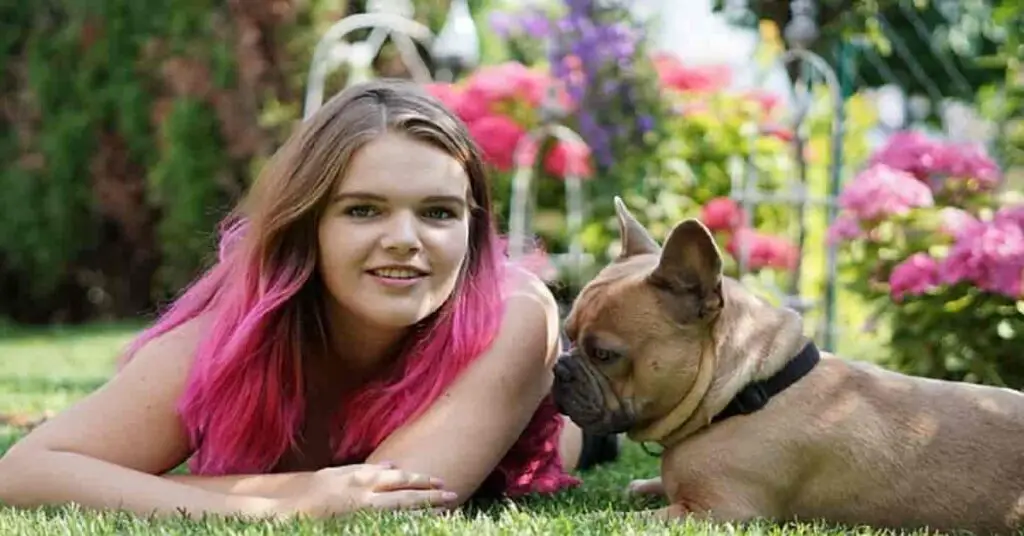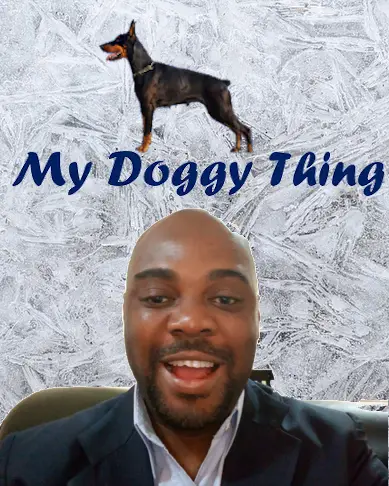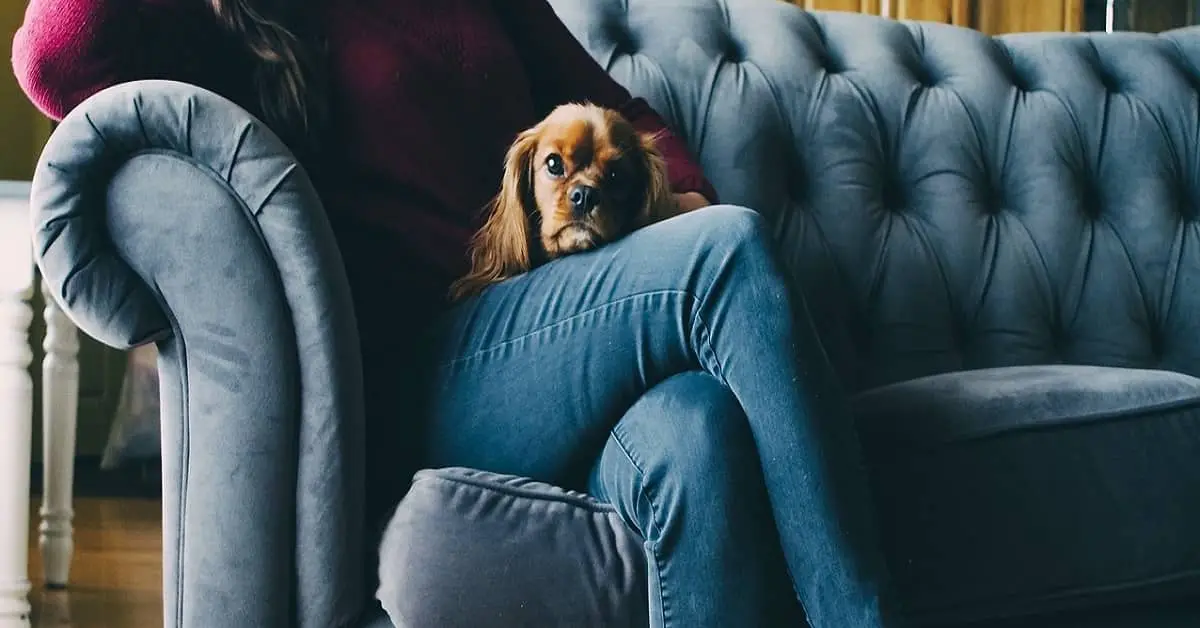You used to enjoy the attention, your dog always followed you about the house and you seemed to enjoy it. Now you have your better half at home, after the introduction and all necessary fanfare, time passes but you notice that your dog is even more attached to you. Following you around more than necessary, some would even mistake your dog as a pure extension of you.
All this leaves you a bit worried. Is this attitude from your dog ok? What if I have to leave him or her for a longer period of time? Why is my dog following me around and not my husband or better half? Well, the answer is simpler than you can imagine.
The simplest answer is that your dog follows you for their own security, but this can be either for good or bad. The good being that your dog (who is a pack animal) needs to understand you well in order to relate and be the best companion you can have. If you have been with your dog for long and haven’t laid down ground rules on how to behave, you should consider some dog training or pet obedience classes. The bad is the extreme of the attitude, which means that your dog has chosen to relate with only you and no one else. Even though your dog follows you about, he or she should still be able to interact with other people at home. If this is not the case, the simplest way to define what your dog is doing to you in human terms is called “Stalking” and we all know how creepy and dangerous that might get.
Now let’s get into more details about why your dog is following you around and what can be done about it (both good and bad)
Science says that your dog is following you around for the reasons stated below.
You may also like WHY DOES MY DOG PUT HIS HEAD ON ME?
.
1.To Imprint themselves on you:
The term imprint seems to have a permanent attribution to it, but let’s define it in doggy language. Imprint here means anytime your dog tries to connect with you in a way of you being a provider and the dog being the best companion ever (which is basically what your dog wants). Take an example, we have all heard of baby ducks who immediately after birth tend to try and follow the first human they see if their mum is not around and tries to mimick whatever behavior that human displays.
Dog imprinting starts at an early stage, from when he or she is a pup in a litter. Her senses of vision, hearing, and smell are not well developed so she tries to adapt and survive in her environment by following the cues given to her by her mum. This should last between seven to ten weeks by then his or her sense of the real world is developed.
Now fast forward the time to you, depending on when you took the responsibility for your dog. He or she now sees you as a guardian and provider, therefore understanding you and making his or her presence acknowledged is a form of a survival tactic for your dog.
If you started taking responsibility for your pup at an early stage, then you have to make him or her understand that they are not human and train them as such. If they were much older then your responsibility is geared more towards how they should act in a larger world.
.
.
2.Reinforcement:
This has to do with events or things that happen between you and your dog as they try to imprint themselves on you. For example, if every time you come back from work, your dog jumps around you and acts ecstatic, then you reward her with a pat on the head. Your dog will take this behavior as normal and acceptable by you. Now every time you come home. Your dog would want to jump around again and act ecstatic because you have shown her in the past that you approve of such behavior. So every time you pat her on the head you are reinforcing it to her that her behavior is acceptable (If you don’t like the behavior, try ignoring her continuously when you come back and find her acting ecstatic, only pat and rub her head when she is calm).
As you can see, dogs don’t understand our language so they try to take a lot of cue from our actions. As your dog follows you about, how you react to him or her very much dictates how they relate back to you. This is like a training course for your dog on how to act when they are around you.
Being consistent in how you react to your dog when they follow you around will help lessen their confusion and act better. For example, anytime your dog puts her paws on the dinner table, while you are having dinner. She doesn’t get a treat from you. (I’m assuming this is bad behavior). After reinforcing this act over and over again, your dog would automatically link putting her paws on the dinner table to having a bad day.
The above is just an example to drive home the point. It is worthy of note that Reinforcement can either be positive or negative. What message has your actions been sending to your dog?

3.Dog Breed traits:
Depending on your dog’s breed, some have adapted over the centuries and don’t need to be too attached to their pet parents, but there are other breeds termed “Velcro Dogs” whose sole way of existence is to be very attached to their pet parents. (Find out from your vet whether your dog is this type).
Their sleeping, waking up, moving around, and even eating is based on their proximity to their pet parents. Velcro dogs tend to be distressed and anxious whenever they are away from their favorite pet parent and always seem to be very excited and active when around their pet parents. These are usually attributes of dogs that are very prone to separation anxiety. Obviously “Velcro dogs” need special attention and training if you are going to live with them in your household.
Learn more about dealing with separation anxiety in dogs if your dog breed follows you incessantly.
.
4.Companionship:
Just like the same way we crave love and attention, our four-legged partners also need us to acknowledge their existence. There is no need for you to keep forcing yourself into a relationship if you are not going to get some form of acknowledgment or feel secure in the arrangement. The same thing goes for your dog (Sadly they have fewer options to choose from in the relationship pool).
Over the years and centuries, due to the process of domestication, Adaptation has forced our dogs to the limited role of being companions to human beings for survival. Most pet parents have formed some sort of bond with their dogs. In the doggy world, this bond is something to strive for.
Imagine as a romantic woman, having a man of your choosing who dots over you and understand how to make you feel alive and loved. Well as extreme as it may sound, that is what having human companionship is for a dog. The journey to be loved and appreciated, to be of prime importance in their pet parent’s life. That is what your dog wants from you. To bond with you in such a way that you understand each other whether you are at home or not.
So what are the positive effects of these above-mentioned goals for your dog? What do our dogs gain from these things? Well, to begin with, there is a sense of stability in your dog’s life. There is an emotional balance and peace of mind which the dog gets, much like those who work for a good boss and those who work for a bad boss.
As mentioned above, when all these goals are gone for in moderation by your dog. He or she gets a better understanding of you. Your likes and dislikes, the fun times you will have together, the rewards and treats, and most importantly, the bond that is being formed.
But don’t for one second imagine that these benefits are one-sided. You also will gain something from it. In today’s world where unconditional love is not easy to come by,( yes even from your husband or better half). Getting unconditional love from anywhere has the capability of lowering our own emotional stress and tension. Studies have shown that even the briefest interaction with our loving dogs can help to improve our mood and assist in relaxing our heartbeats. There are even extreme cases in which our dogs can help to detect cancer in our system.
In all things, there is the positive and the negative aspect. We have looked at the positive, let’s now look at the negative. As a rule of thumb, if your dog chooses to follow only you and is very fearful of interacting with other people or even animals, then that is a red flag and something is very wrong here.
The most popular cases that arise from your dog following you around are “Separation Anxiety” and “Fear Aggression”.
Separation Anxiety happens when your dog becomes very distressed anytime you are about to leave him or her alone for a period of time. Some of the attributes which a dog with separation anxiety displays when left alone are but not limited to Barking and Howling when left alone, Urinating and Defecating on the incorrect spots even after being home trained, Chewing, digging, and destroying house furniture when left alone, trying to escape the confines of the home, pacing up and down when left alone. etc.
Fear Aggression usually occurs when your dog looks like he or she is going to attack anyone, who tries to separate you and your dog, whether intentionally or unintentionally. This is usually more dangerous and can lead to physical harm if not addressed properly.
Velcro Dogs are more likely to display the two tendencies listed above. If your dog seems to display these tendencies, you can try to address the issue by leaving interactive toys at home for the dog to play with. Kong toys with treats inside are a good form of distraction. You can also try leaving your television or radio on, if you stay alone with your dog. The ongoing activity on the television might keep your dog engaged till you return.
Talk to a dog trainer or dog obedience coach in other to give you more tactics to apply in resolving the matter. If all these things fail, talk to your vet doctor for a more targeted approach and probably necessary medication.

Hi, I am Charles Nwankwo Editor-in-Chief, Mydoggything.com. Gleaning from Professional Dog Trainers, behaviorist, Registered Veterinarians, and Breeders. We are passionate about making dog care easy for you. My job is to make sure that you get the best-updated dog care information to understand and take care of your dog or dogs.

